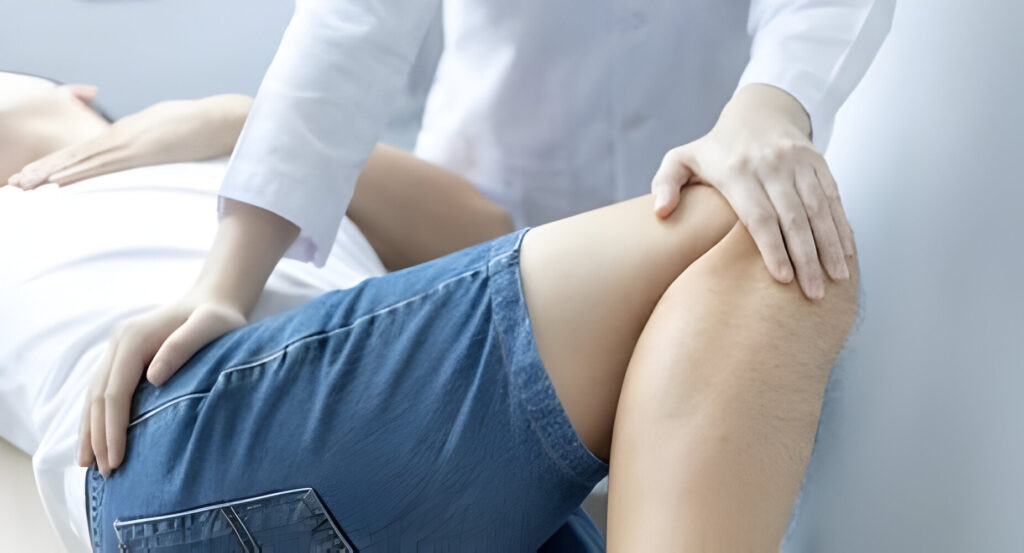With New Year’s resolutions to keep and spring just around the corner (let’s hope), you may have ramped up your running recently. Your motivation to get healthy and be fit is high, and you may have started to increase your mileage quite a bit…until you start to feel a pain in your hip.
One of the most common causes of hip hurt is greater trochanteric bursitis. This condition is common in active females who recently increased their activity level. The side of the hip is a common area for bursitis to occur. A fluid-filled sac called a bursa sits on top of a bony bump on the side of the hip. The bursa acts as a cushion to reduce rubbing/friction between the outside hip bone and the tendon and muscles that pass over this boney bump. Bursitis occurs when there is too much friction and the bursa becomes irritated. You feel pain at the side of your hip during running because movement makes the structures around the bursa rub against it and irritate it even more.
Symptoms
You may experience:
- increased tenderness at the side of your hip
- pain when you lie on that side
- Pain in the hip that first feels sharp, then achy, then radiating down the outside of the thigh
- Stiffness/tightness in the hip
- Increased stiffness after sitting, walking, stairs, or squatting for a while.
Causes
Greater trochanteric bursitis may be caused by a combination of factors resulting in too much friction on the bursa. Friction can occur if your hip muscles are weak, hip muscles are tight, changes in the way the hip works, or abnormal hip alignment. Poor technique with repetitive activities or changing up an exercise routine can also cause increased irritation/friction. Finally, scar tissue formation after a recent hip surgery or a fall onto the hip may also play a role in causing bursitis.
How can PT help?
Trochanteric bursitis can be treated successfully without surgery. Activity modification or adjustment may be the first step in allowing the hip to calm down and decreasing pain. Your therapist can evaluate how you are performing these activities and educate you on proper technique. Ice can help calm irritation as well.
Stretching
Your therapist can also evaluate which hip muscles are tight and provide education on proper stretching techniques to restore normal motion back in your hip.
Strengthening
Weak hip muscles or imbalances can result in too much stress on the hip joint. Your therapist can develop a safe, progressive strengthening program that is individualized for you. Strengthening will focus on your hip muscles, your leg muscles, and core muscles. These exercise will help promote smooth hip movement while reducing the friction on the bursa. Your therapist can properly progress these exercises without causing excessive irritation to the bursa.
Manual Therapy
Hands on treatment to move your muscles and joints allowing increased motion and strength at your hip may also be included. These hands on treatments may be difficult to perform on your own and your therapist can help.
Education
Your therapist will help identify and change any factors that may play a role in causing your pain, such as the amount of exercise you do, how you walk/run, or poor footwear. A therapist can carefully progress a personal exercise program that will allow you to safely return to your desired activities.
For more information on physical therapy services visit www.totalperformancept.com.


